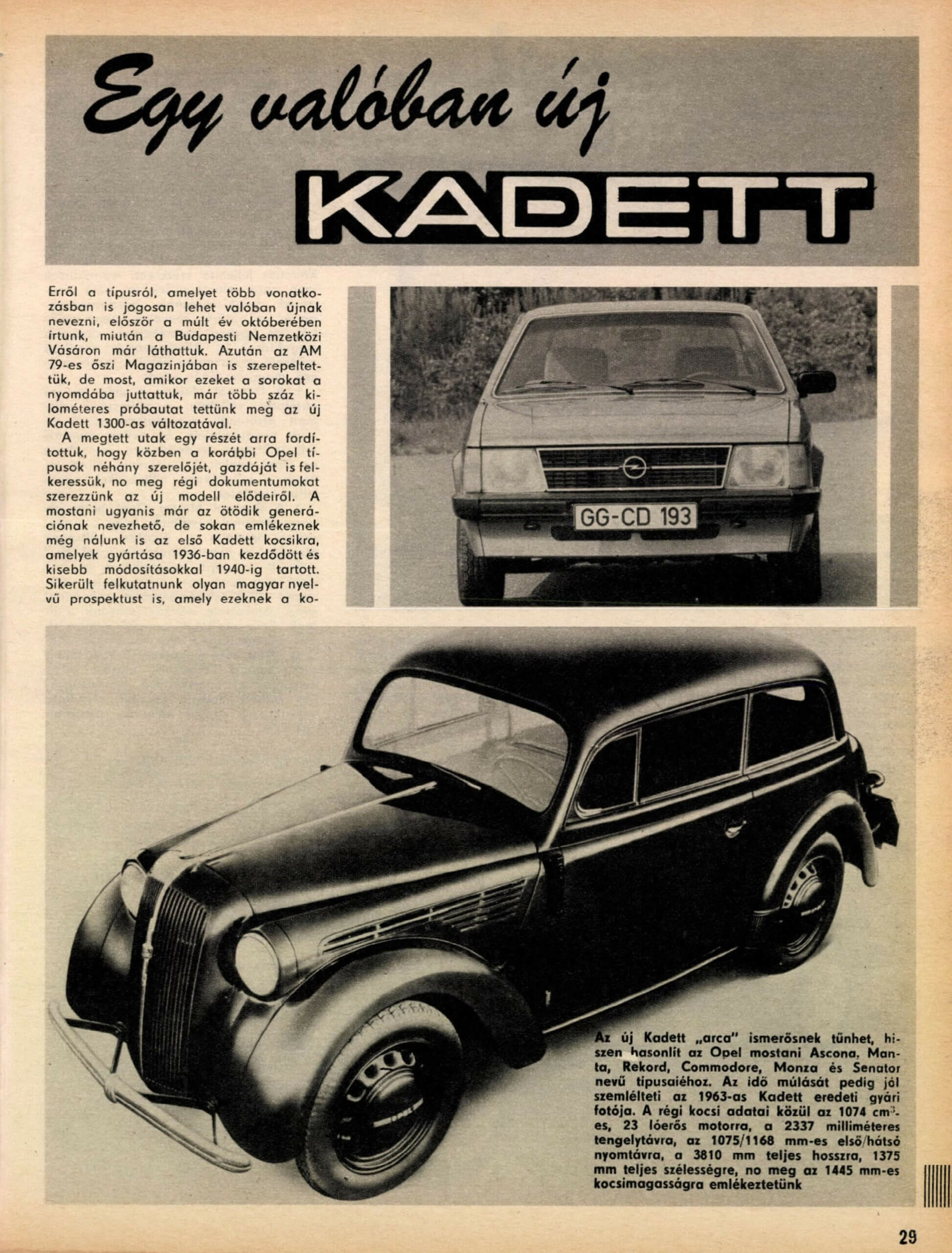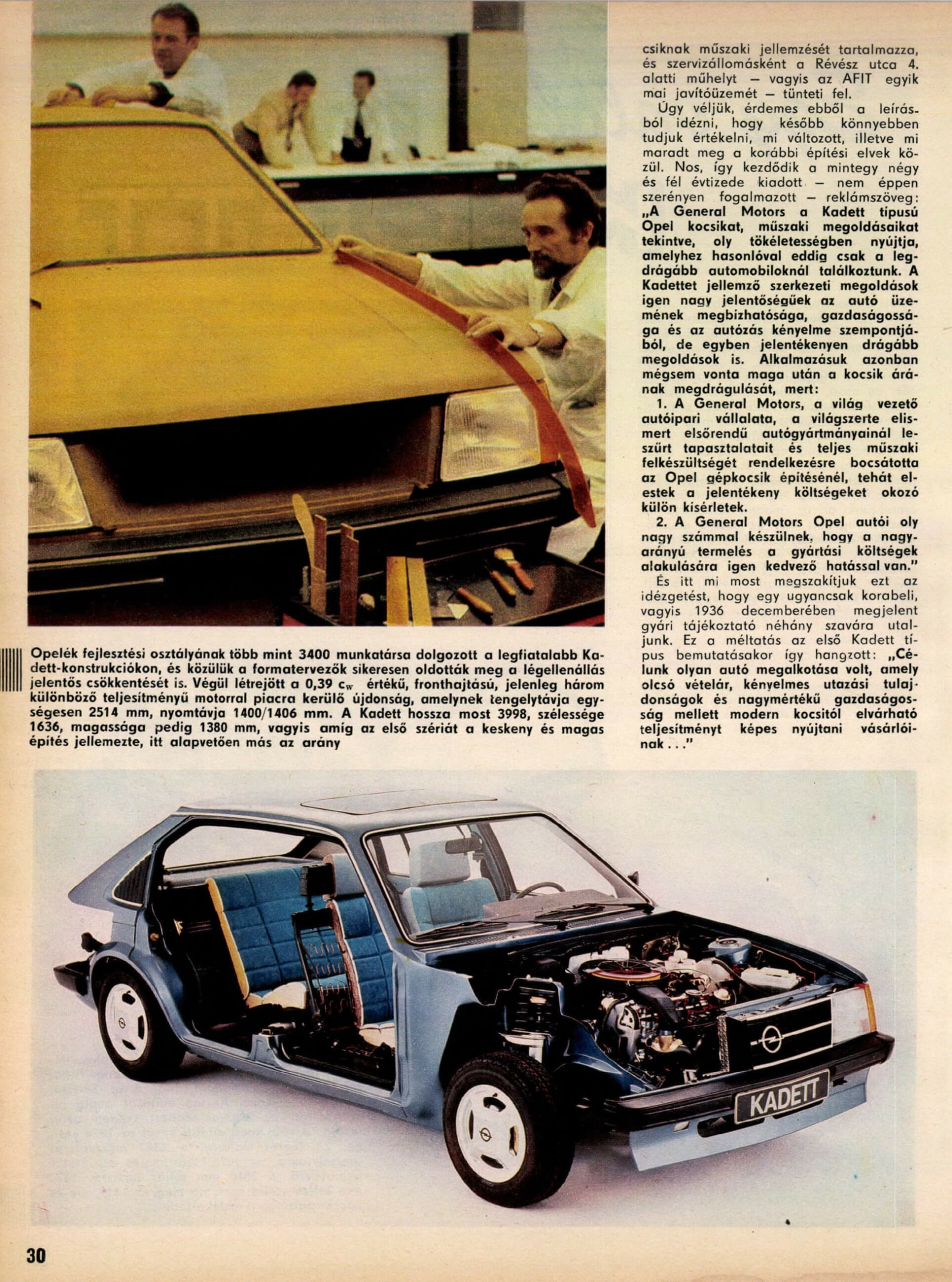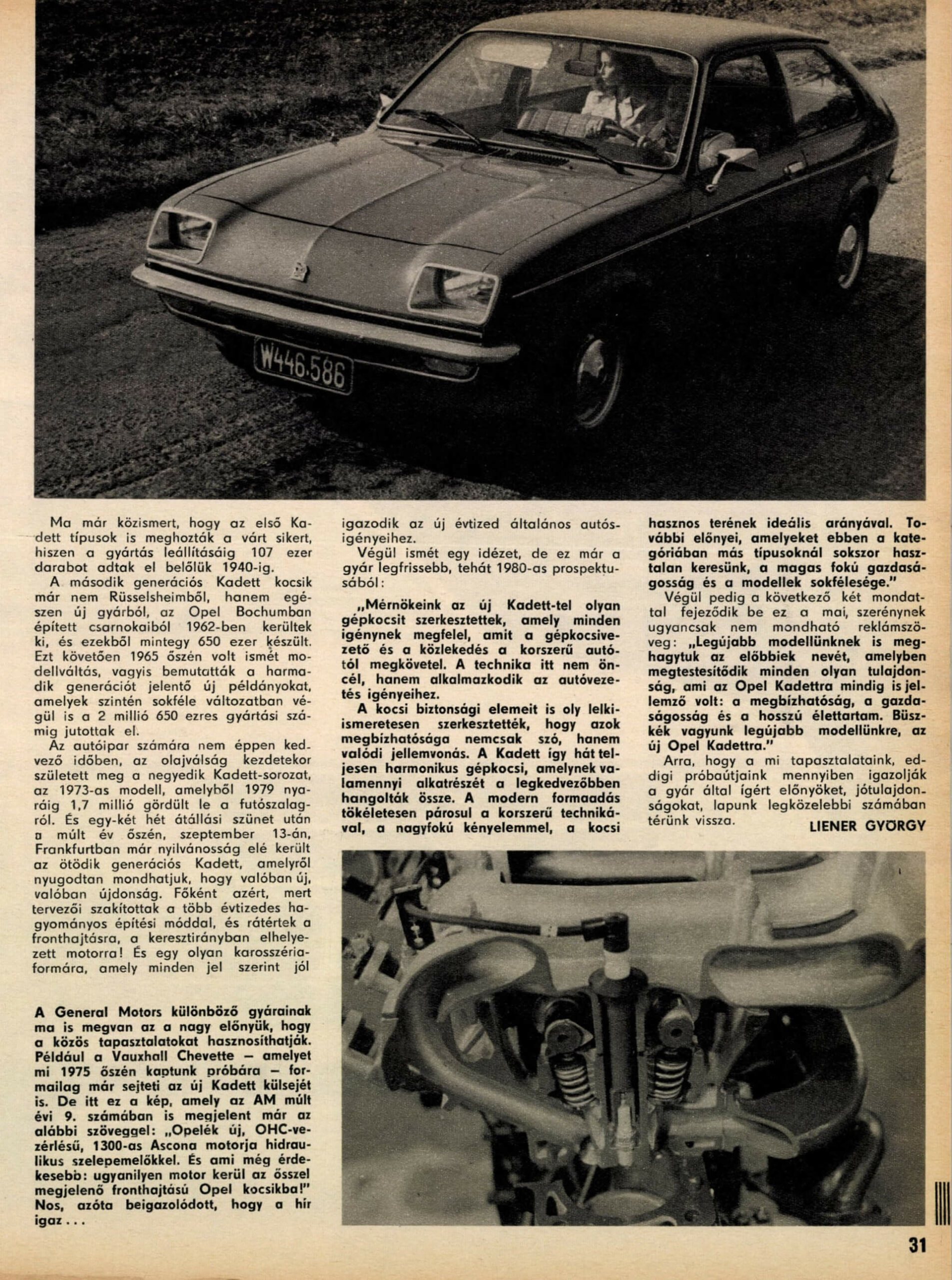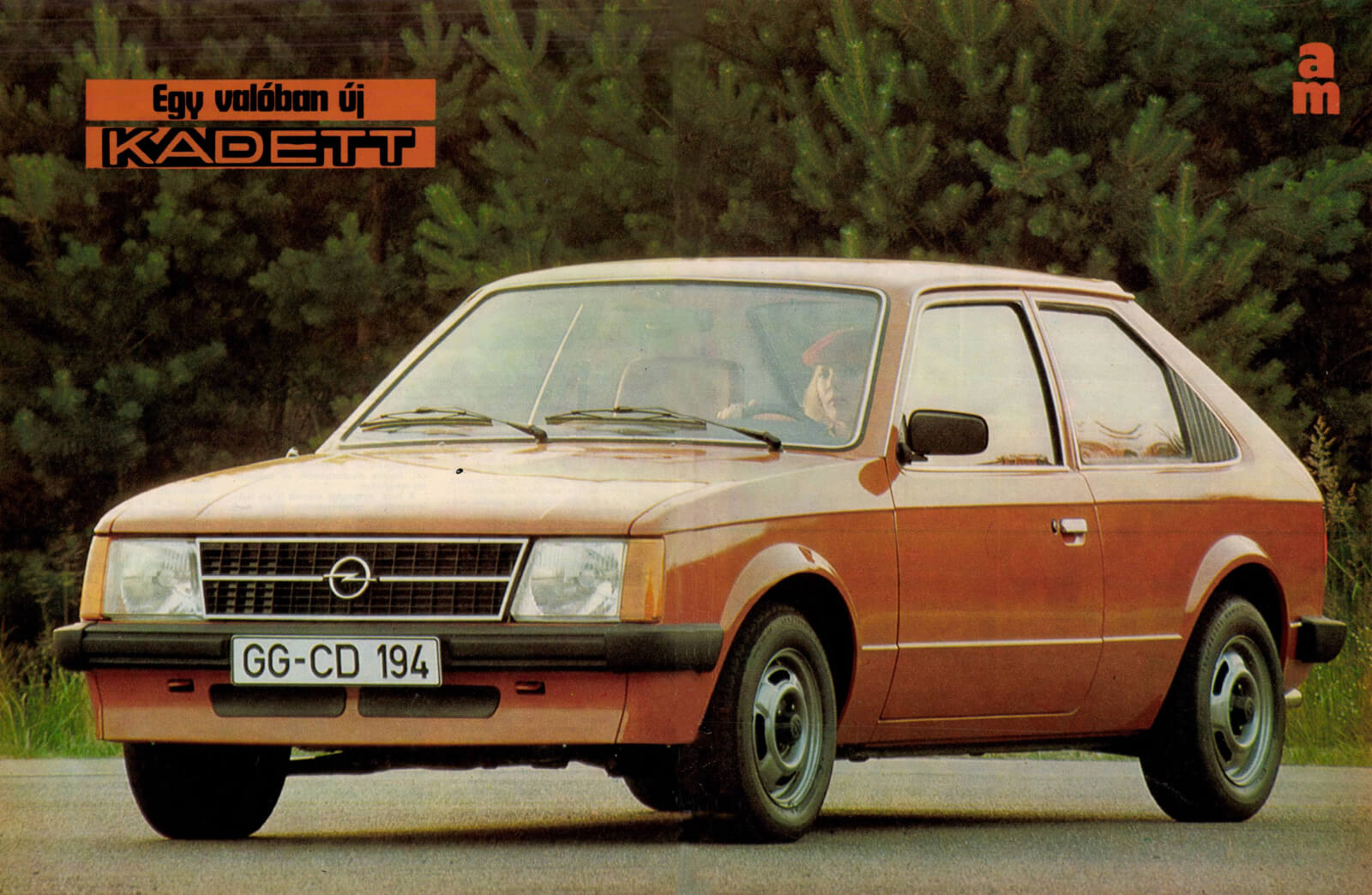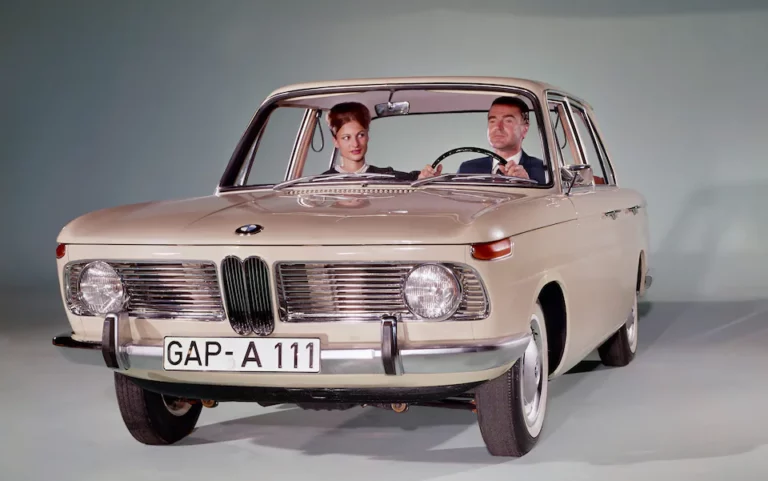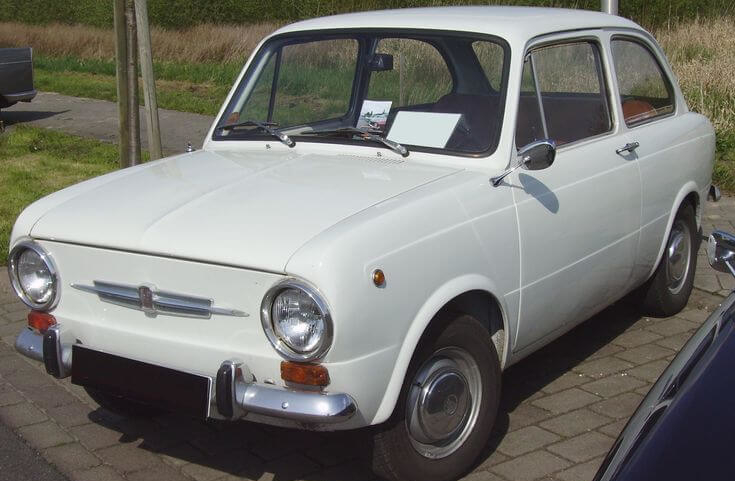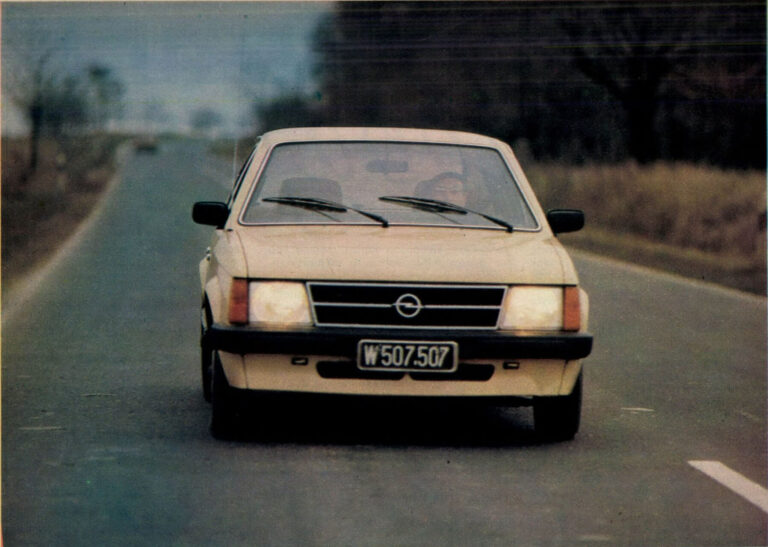1980 - Description of an Opel Kadett-D in Hungary and chronicle of a test drive 1.
A truly new Kadett
January 1980and Februarywas published in the Car Enginein the then new Opel Kadett D-a thorough review and a chronicle of the test drive György Liener from the pen. After a brief historical overview, you can read this.
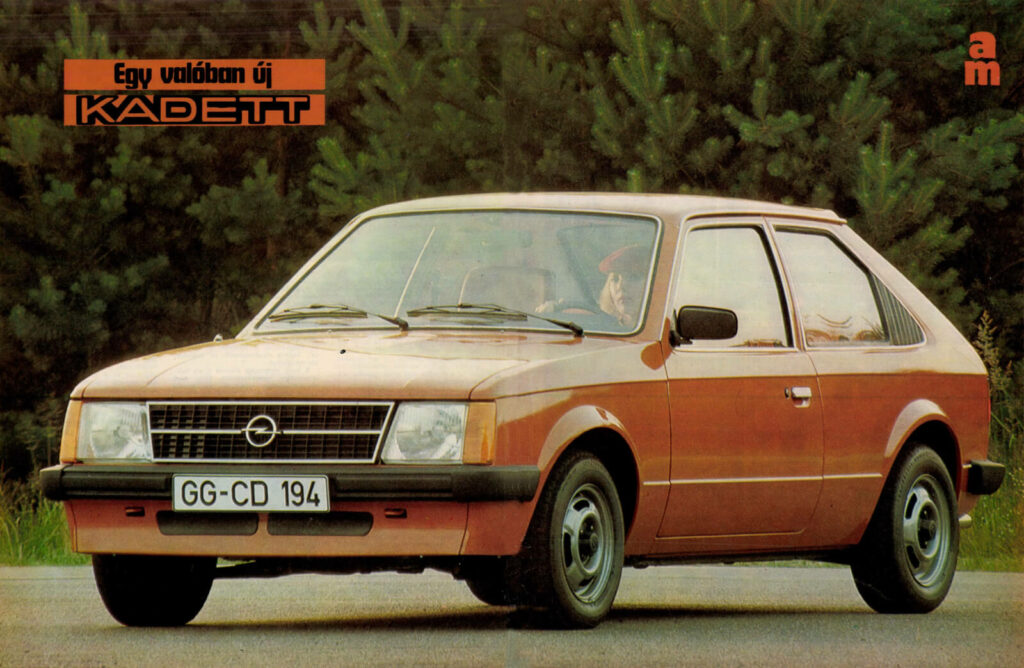
The Kadett D was launched on the West German market in August 1979 and deliveries began in early September. In November, the car made its UK debut.
The D-Cadet was produced in three- and five-door hatchback, estate and two- and four-door saloon versions.For the first time since 1965, there was no Kadett with a coupé body: the former Kadett C coupé was indirectly replaced by the three-door 1.3 SR sports model.
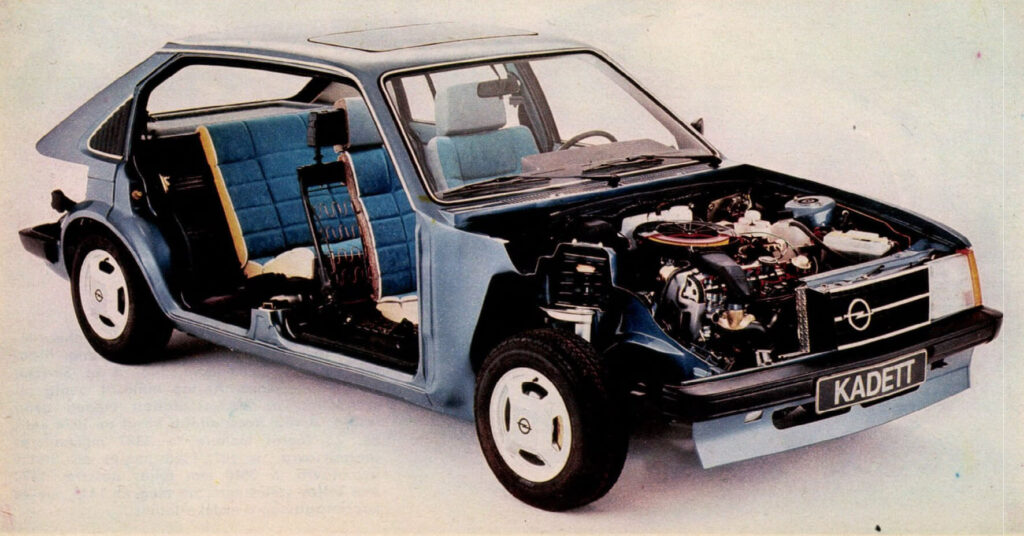
Technologically, the Kadett D was part of a major investment at General Motors, which saw the car built with a completely new engine and gearbox architecture that was later used in the larger Ascona C and A-Corsas. This was the first application of the GM Family I engine family, with overhead camshafts , aluminium alloy cylinder heads , hydraulic valve lifters, 1,297 cc (60 bhp and 75 bhp), and transaxle design. The larger, Family II engine was available in 1600 cc and was launched after the 1981 Frankfurt Motor Show, followed by an 1800 cc version for the Kadett GSE. The Kadett D was also available with a 1600 cc diesel engine from 1982. There was also an economical model, sold mostly in Italy, with a 1.0 litre 50 hp (37 kW) engine, and a 1.2 litre version was also available, but the latter was still made with the earlier (non-Family) Opel engines.
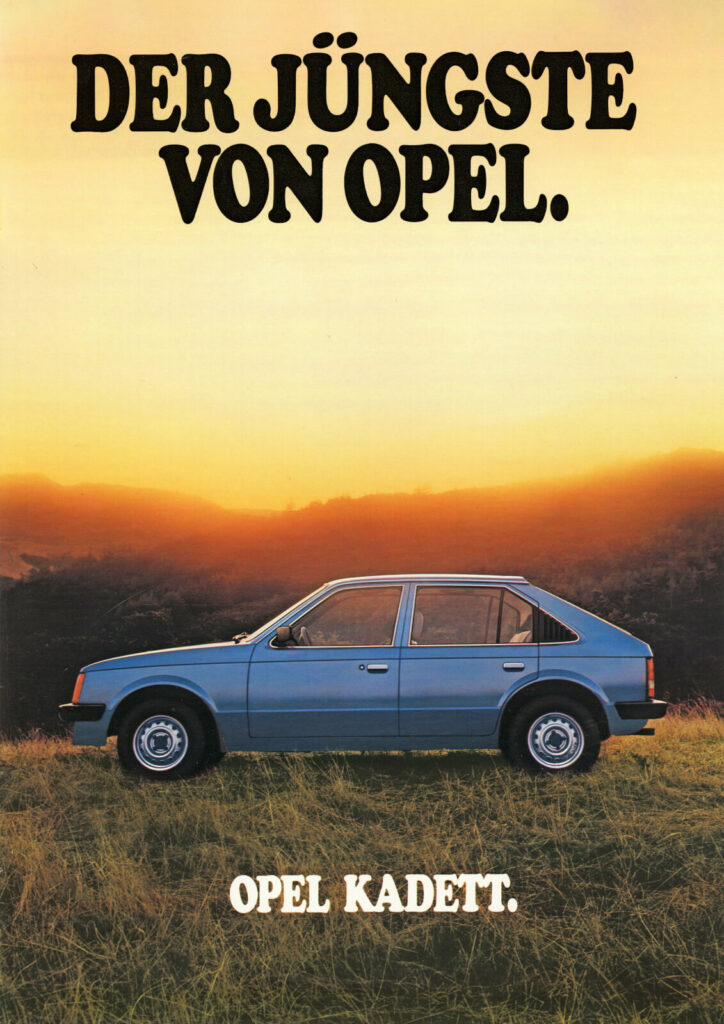
Image source: www.lifepr.de
The Family engines were also used in later Corsa and mid-size Ascona models. From May 1981, the 1.3 version was available with a three-speed automatic gearbox, and from September 1982, diesel versions were also available with the option of an automatic gearbox.
The Kadett D was produced in Yugoslavia (Kikinda) under the name IDA Kadett.
Here is the first part of the D-Cadet review published in Autó-Motor in January 1980 by György Liener. As usual, you can find pictures of the newspaper pages from that time in the gallery at the end of this post.
♠

We first wrote about this model, which in many respects can rightly be called truly new, in October last year, after seeing it at the Budapest International Fair. We then featured it in the autumn AM 79 magazine, but now, as these lines go to press, we have already test driven the new Kadett 1300 for hundreds of kilometres.
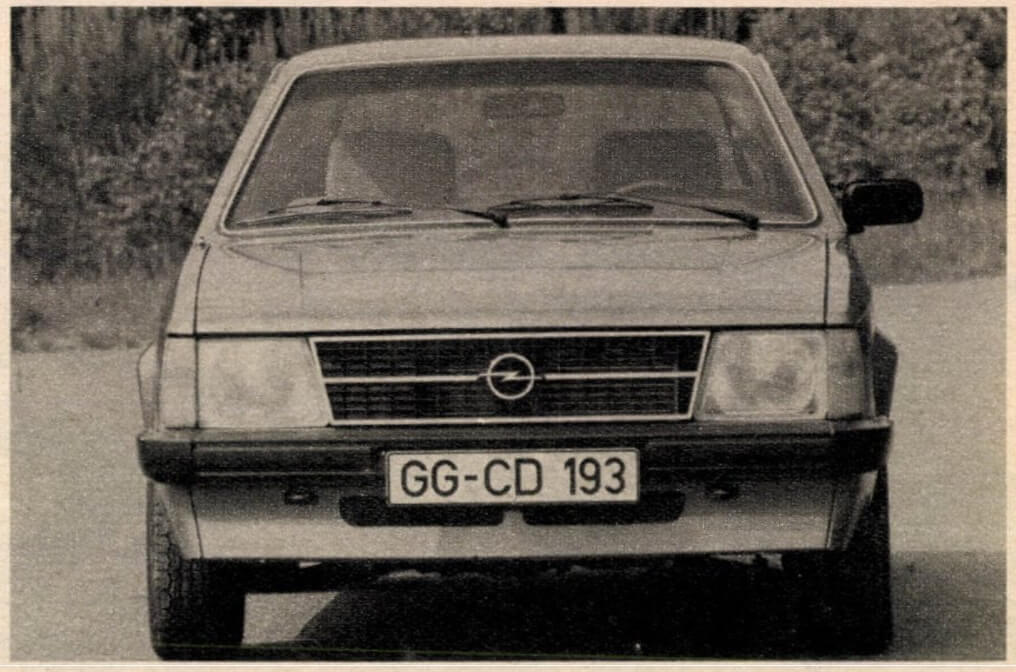
We spent part of the journey visiting some of the mechanics and owners of the previous Opel models, and collecting old documents about the predecessors of the new model. This is the fifth generation, but many of us still remember the first Kadett cars, which started production in 1936 and lasted until 1940 with minor modifications. We have also managed to find a brochure in Hungarian that gives the technical specifications of these cars, and lists the workshop at 4 Révész utca - one of AFIT's current repair workshops - as the service station.
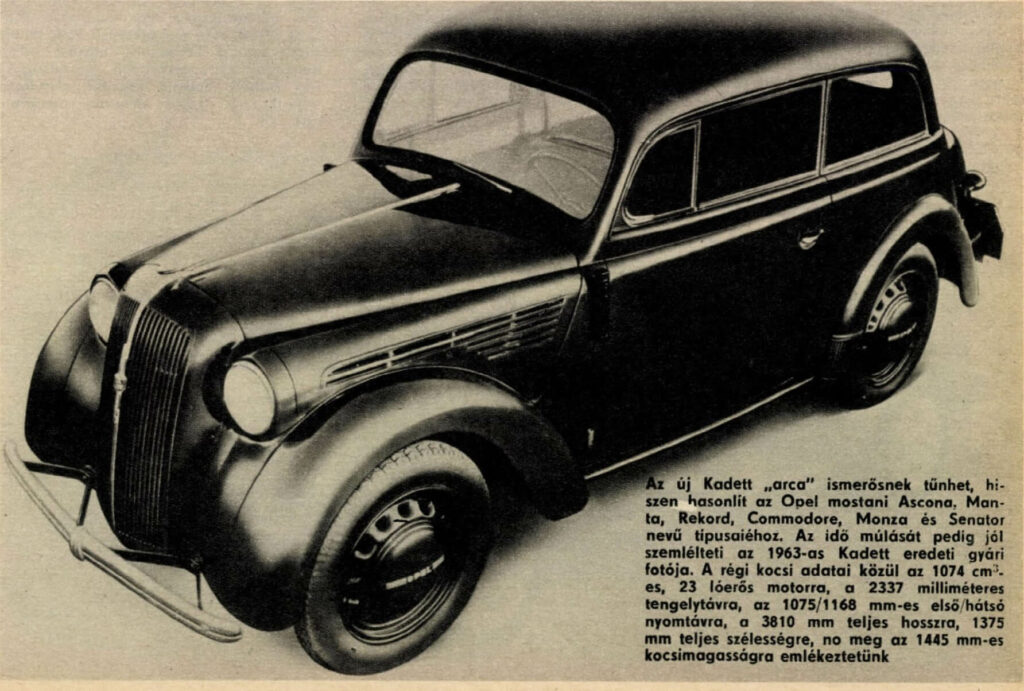
We believe it is worth quoting from this description to help us later assess what has changed and what has been retained from the earlier construction principles. Well, the blurb, published some four and a half decades ago, begins: 'General Motors offers the Opel Kadett with a level of technical perfection that has hitherto only been seen in the most expensive cars. The structural solutions that characterise the Kadett are of great importance in terms of reliability, economy and driving comfort, but they are also significantly more expensive. However, their use has not led to an increase in the price of the cars, because:
- General Motors, the world's leading automotive company, has made the experience and full technical expertise of its world-renowned premier car makers available to Opel for the construction of its cars, thus eliminating the need for separate experiments that would have cost a significant amount of money.
- Opel cars are produced in such large numbers at General Motors that the high production volume has a very positive impact on the development of production costs."
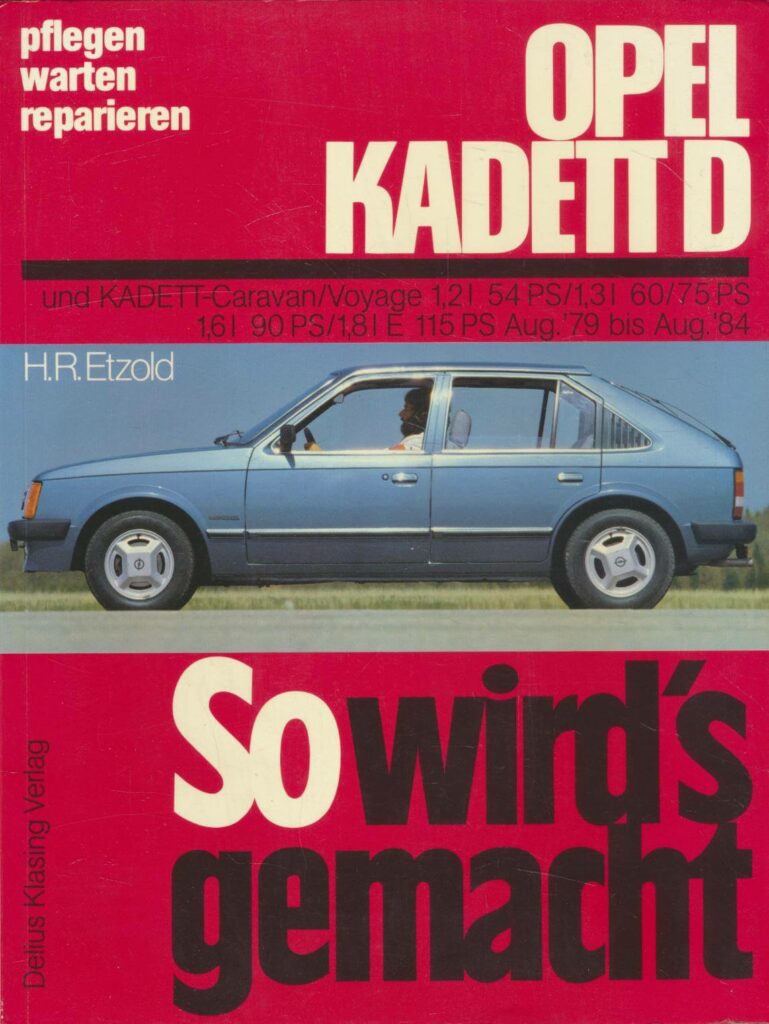
Image source: radayantikvarium.hu
And here we interrupt this quotation to refer to a few words from a factory brochure, also published in December 1936. This was written when the first Kadett model was launched: 'Our aim was to create a car which would offer its customers the performance expected of a modern car at a low purchase price, with comfortable driving characteristics and a high degree of economy...'
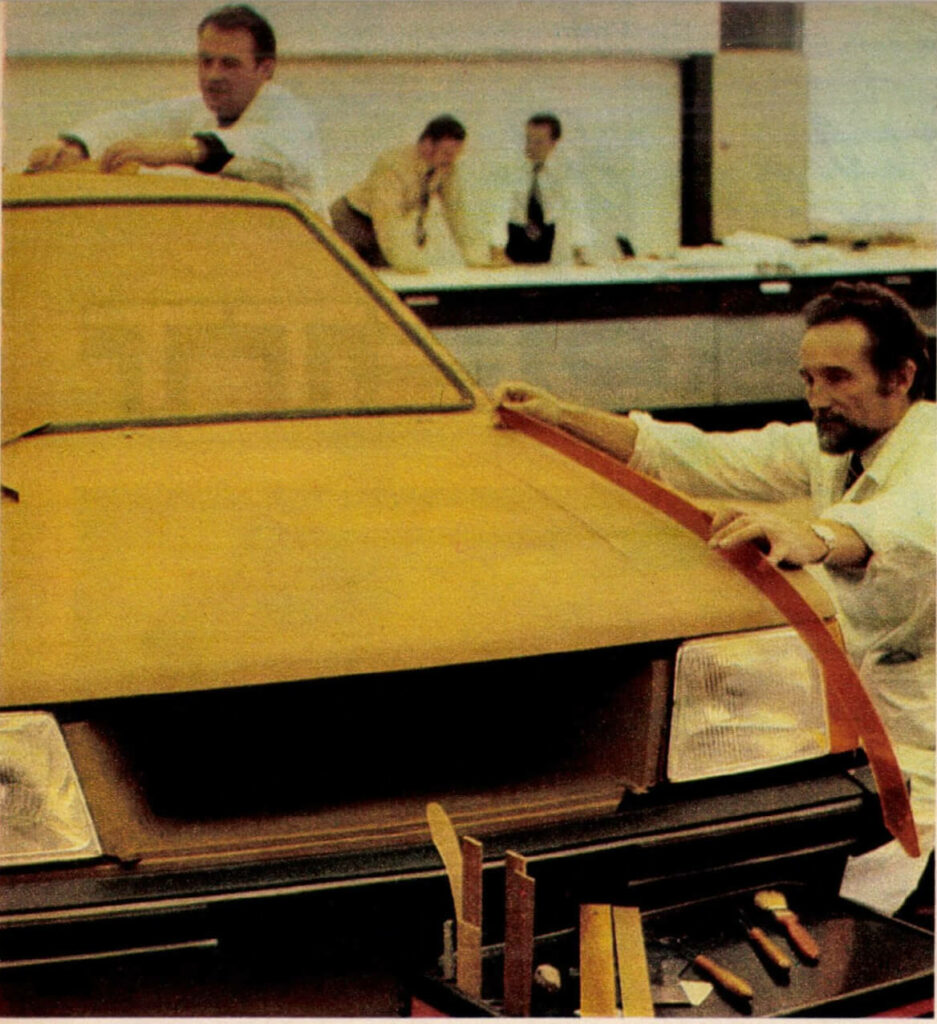
More than 3,400 people from Opel's development department have worked on the latest Kadett designs, and the designers have successfully achieved a significant reduction in drag. The result is the new 0.39 cw front-wheel-drive model, currently on the market with three different power outputs, with a standard wheelbase of 2,514 mm and a track width of 1,400/1,406 mm. The Kadett now has a length of 3,998 mm, a width of 1,636 mm and a height of 1,380 mm, so while the first series was characterised by a narrow and tall design, the ratio is fundamentally different here.
It is now well known that the first Kadett models were also a success, with 107,000 units sold by 1940, when production was stopped.
The second-generation Kadett cars were no longer produced in Rüsselsheim, but in a completely new factory, the Opel Bochum plant, in 1962, and around 650,000 of them were built. In the autumn of 1965 there was another model change, with the introduction of the third generation of new models, which were also produced in a wide range of versions, eventually reaching a production figure of 2 million 650,000.
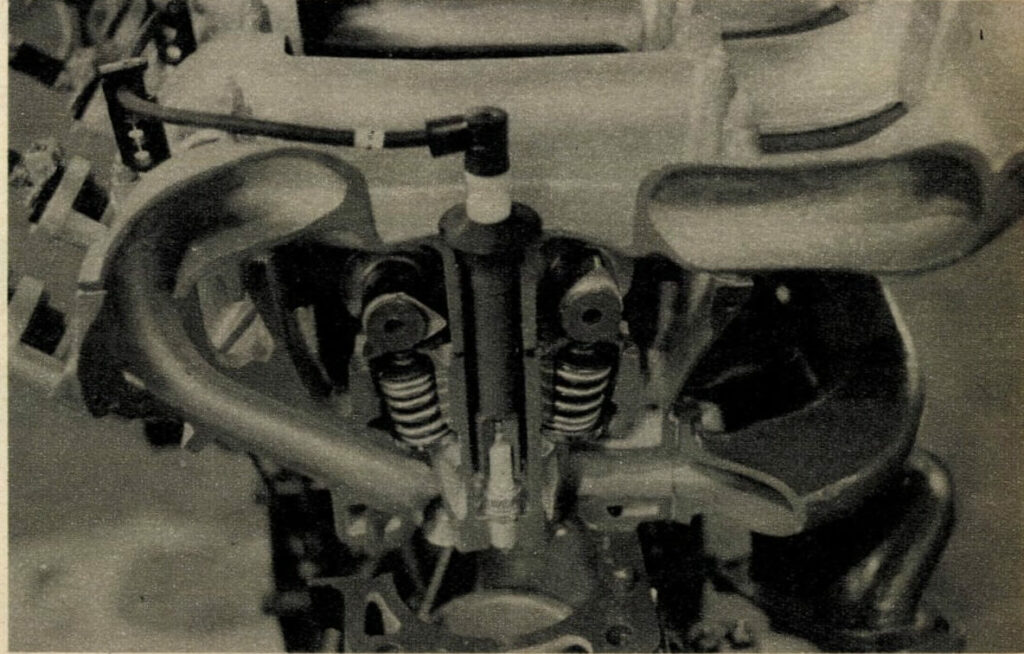
The fourth Kadett series, the 1973 model, was born at the beginning of the oil crisis, a bad time for the car industry, and 1.7 million Kadett models rolled off the production line by the summer of 1979. And after a break of a week or two, the fifth-generation Kadett was unveiled in Frankfurt on 13 September last autumn, and it's safe to say that it is truly new. Mainly because its designers have broken with decades of traditional construction and gone for front-wheel drive, with a transversely mounted engine! And a body shape that seems to be well suited to the general motoring needs of the new decade.
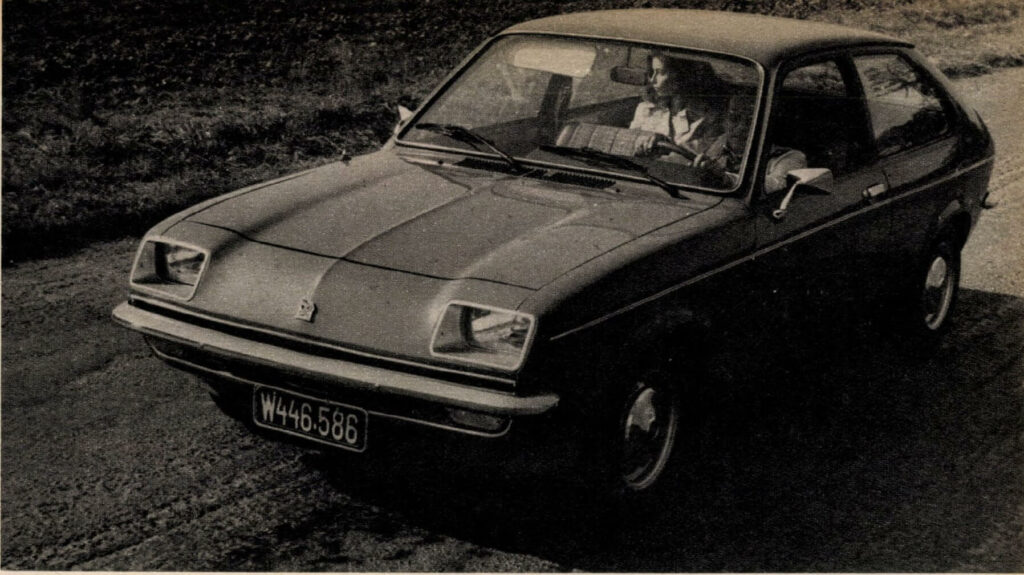
Today, the different General Motors factories still have the great advantage of being able to benefit from shared experience. For example, the Vauxhall Chevette - which we got to test drive in the autumn of 1975 - already hints at the new Kadett in terms of its styling. But here's this picture, which appeared in last year's issue 9 of AM with the caption: 'Opel's new OHC-controlled 1300 Ascona engine with hydraulic valve lifters. And what's even more interesting: the same engine will be fitted in the Opel front-wheel drive cars coming this autumn!" Well, it has since been confirmed that the news is true. .
Finally, another quote, but this time from the latest factory brochure, from 1980:
"With the new Kadett, our engineers have built a car that meets all the needs that drivers and traffic demand from a modern car. The technology here is not an end in itself, but adapts to the needs of driving."
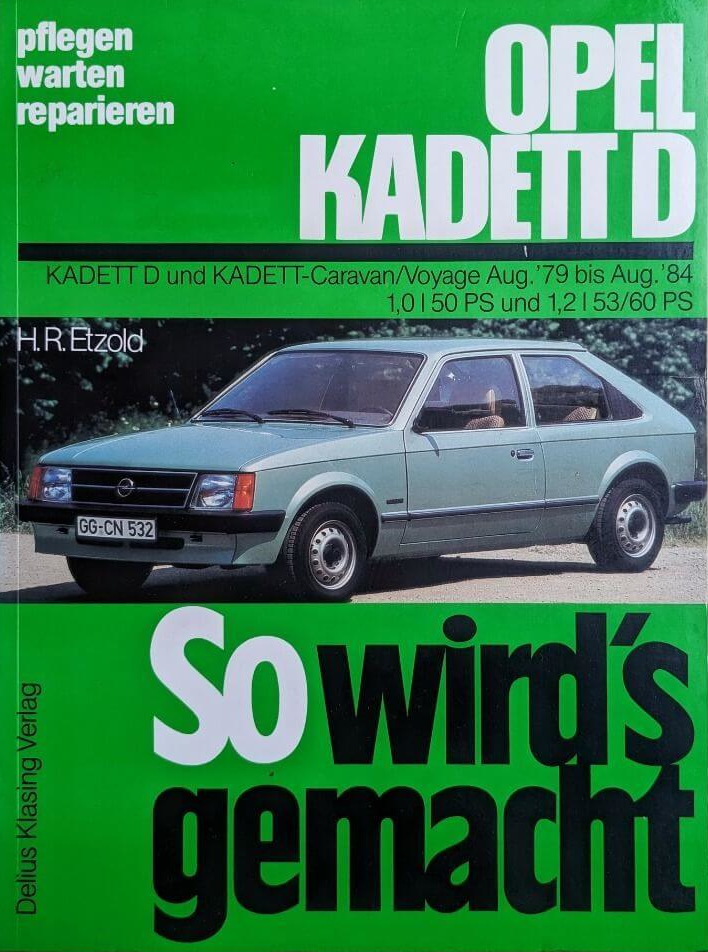
Image source: vatera / Plenteros
The safety features of the car have also been so conscientiously constructed that their reliability is not just a word, but a real feature. The Kadett is therefore a perfectly harmonious car, with all its components in perfect harmony. Modern styling is perfectly matched with state-of-the-art technology, a high level of comfort and an ideal ratio of space to space. Other advantages, which are often sought in vain in other models in this category, are the high degree of economy and the variety of models."
Finally, two sentences conclude today's unassuming blurb: we've kept the name of the former for our latest model, which embodies all the qualities that have always characterised the Opel Kadett: reliability, economy and long life. We are proud of our latest model, the new Opel Kadett."
We will return to the extent to which our experiences and test drives so far have confirmed the benefits and good qualities promised by the factory in the next issue of our magazine (you can read here).
MR LIENER
